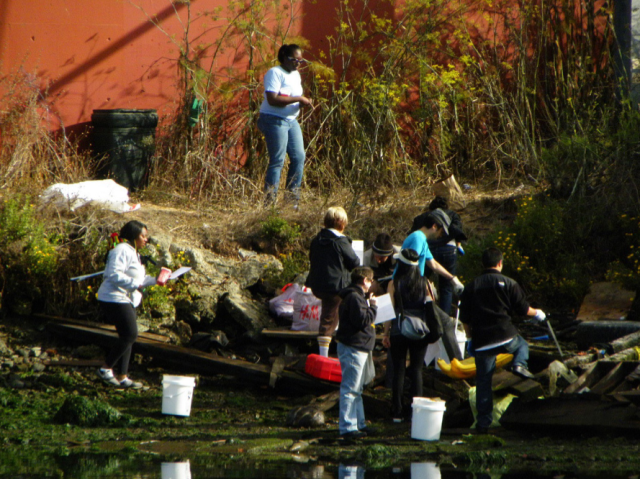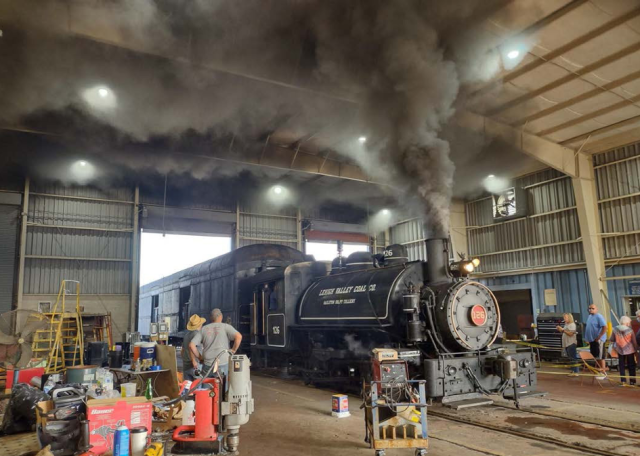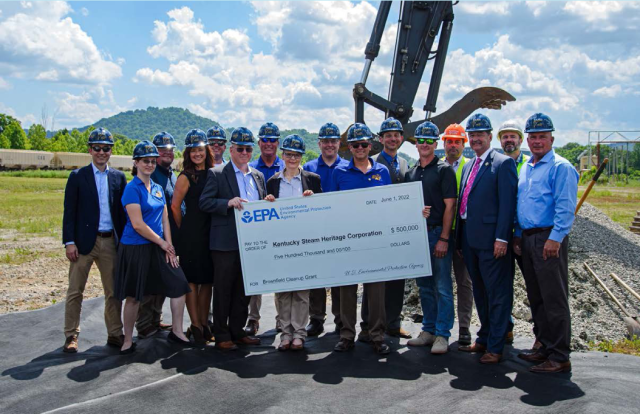Nonprofit Involvement in Brownfields Reuse
Local and community-based nonprofit organizations are on the front lines of addressing disproportionate public health, environmental and economic issues the plague many communities. Often, nonprofits accomplish this mission by encouraging community involvement in neighborhood revitalization projects, helping the community set priorities, and creating opportunities to reclaim vacant or blighted land for community reuse.
It is common for neighborhood revitalization projects to center on one or more of these vacant, blighted or contaminated sites, also known as brownfields. When working with a community to address a brownfield, a nonprofit can assist community members in seeking specialized expertise to identify potential contamination, determine how to limit potential exposure to contaminant risks (pdf) and plan for a safe reuse.

What does a nonprofit need to know when it encounters a brownfield site as part of a neighborhood revitalization project?
Before buying or acquiring a property to move forward with a neighborhood revitalization project, the nonprofit will want to work with the community to perform due diligence and determine whether the property is contaminated. This will help protect the nonprofit from environmental liability.
- A brownfield site must be investigated (or assessed (pdf)) to evaluate the potential for environmental contamination. The initial investigation is called a Phase I Environmental Site Assessment (ESA).
- Depending on past land uses, it may be necessary to test soils for contaminants. This investigation is called a Phase II ESA.
- If contamination is found at concentration levels that pose health risks to community members, the contaminants will need to be removed, treated, capped or contained in ways that limit exposure to ensure a safe reuse of the site.
Who can help answer the questions about the brownfield site assessment, cleanup and reuse process?
Connecting with the state environmental agency that oversees brownfields is a good first step. Local and state brownfield experts can assist in understanding the risks from potential contaminant exposures and can oversee actions to make a site safe. Hiring an environmental professional also can help navigate the site assessment, cleanup and reuse process.
What resources are available to nonprofits to help them support the safe reuse of brownfields?
Nonprofits are eligible to receive a range of EPA resources to support brownfield site reuse planning, assessment, cleanup and job training. These include EPA Brownfield Grant Funding, Targeted Brownfields Assessments and information on how to revitalize brownfields.
Strategies shared by nonprofits leading brownfield revitalization projects
Nonprofits experienced in brownfield revitalization projects and managing EPA brownfield grants have shared the following tips when encountering a brownfield site in a neighborhood revitalization project:
- A Qualified Environmental Professional (QEP) can help a nonprofit assess the specific conditions and challenges of a brownfield site and determine the most suitable grants available based on site conditions.
- Understanding the grant application process is very much a learn-as-you-go type of process. If you are not selected for a grant award, EPA regional staff can give advice on how you can be more successful and write a better grant.
- Having competent staff to administer and maintain compliance with grant requirements is important.
- Reading previously successful grant applications (available through EPA regional TA providers) is a good way to learn what EPA considers to be strong proposals.
- If done prior to purchasing a property, completing a Phase I ESA that is compliant with the All Appropriate Inquiries process will provide environmental liability protections.
- Right from the start, it is important to understand the needs of your community. Look at socio-economic and health indicators. Consider how these challenges may be exacerbated by environmental contamination at brownfield sites.
Case Study: Kentucky Steam Heritage Corporation

After the downturn of the coal and railroad industry in Appalachian Kentucky, the Kentucky Steam Heritage Corporation (KSHC) decided to create a new tourist attraction. KSHC signed a long-term lease with the Kentucky Railway Museum of New Haven to restore and operate a 1943 steam locomotive — the Chesapeake and Ohio K-4 No.2716 (C&O 2716). They found a permanent home for the locomotive in the former Louisville and Nashville rail yard in Ravenna, where they brought C&O 2716 back to restore.
Before KSHC acquired the rail yard, they conducted outreach to get buy-in from the community. They presented the idea to local leaders and got their buy-in as well. With the strong community support behind them, KSHC approached the landowner, CSX Transportation, about buying the property. CSX agreed. But before buying, KSHC needed a plan for how to complete Phase I and II ESAs.
KSHC worked with a QEP to start the site assessment and purchasing process. The QEP helped them get a TBA from EPA's Region 4 Brownfields Program that supported the Phase I and II ESA (which equated to about $190,000 worth of labor). Using the results of the Phase I and II ESAs, KSHC then worked with a local architect to craft a plan for safely reusing the property, which included a concert venue, a dedicated food truck space and a restaurant.
Next, KSHC received a $100,000 loan from the Kentucky Energy and Environment Cabinet through its EPA Revolving Fund. KSHC also received a $500,000 EPA Brownfield Cleanup Grant to remediate the area designated for the concert venue and food truck area.
While site preparations remain underway, KSHC has already leveraged an additional $1.1 million "The Yard" for a public use space, a food truck venue, Hardy Music Pavilion, a great lawn and a locomotive C&O 2716.

